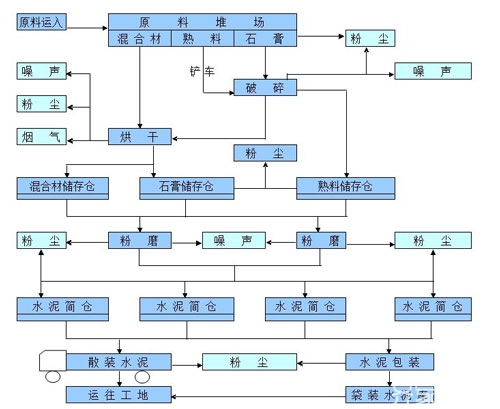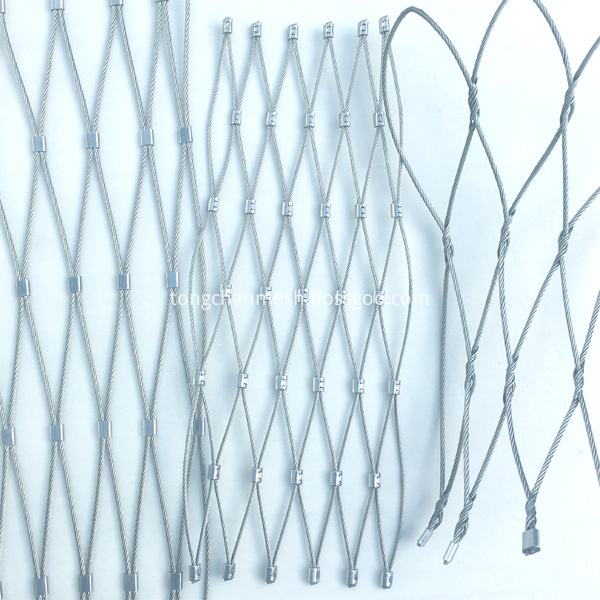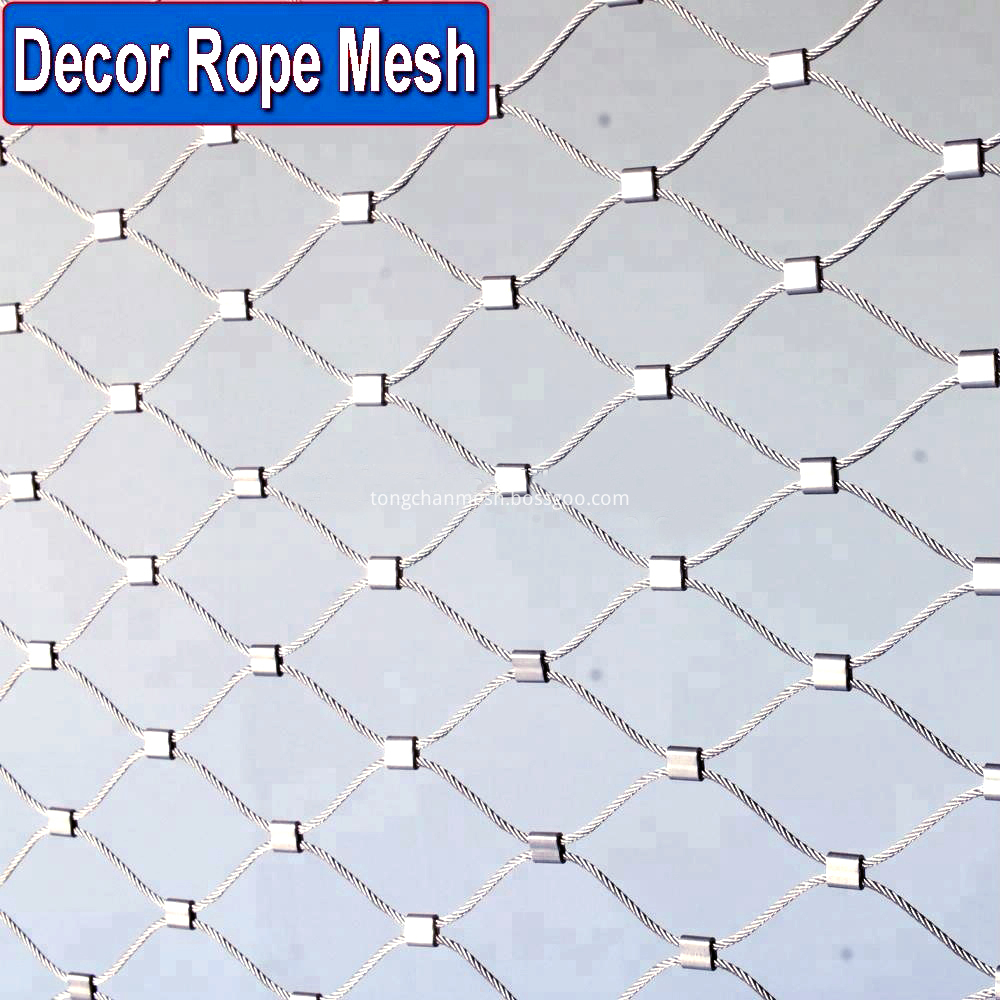This book is based on the current and future period of China's cement industry development guidance document "Special Cement Industry Development Plan" and the cement industry industry development policy, general cement revision standards and other preparation. The book focuses on the introduction of new dry process cement production technology, a comprehensive and systematic explanation of the general cement production methods, portland cement clinker, raw materials and pre-homogenization, batch and raw material grinding, clinker calcining, cement The basic knowledge and skills of production, quality control and management of cement production, as well as the hydration and hardening of cement, cement performance, cement production of other varieties, energy conservation and environmental protection measures for cement production, and application of cement. Here with me together to understand the process of cement production process knowledge introduce it! Cement Introduction Cement: Powdered hydraulic inorganic gelling material. After adding water, it becomes a slurry, which can be hardened in air or hardened in water, and can firmly bind sand, stone and other materials together. The term cement was developed from the Latin caementum and is the meaning of gravel and stone. The mixture of early lime and volcanic ash was similar to modern lime-based pozzolanic cement. It used it to cement the concrete made of gravel. After hardening, it not only has higher strength but also resists fresh water or salt water. For a long time, it has been widely used in civil engineering, water conservancy, national defense and other projects as an important cementing material. Cement production line process Cement production line (cement plant equipment) is a cement equipment production line consisting of a series of equipment for the production of cement. Mainly consists of crushing and pre-homogenization, raw material preparation homogenization, preheating decomposition, cement clinker burning, cement grinding packaging process. Cement equipment (cement machinery, cement plant equipment) contains equipment Cement equipment includes: cement rotary kiln, cyclone preheater, and rake type cooler. Cement rotary kiln is the main equipment for calcining cement clinker and has been widely used in cement, metallurgy, chemical industry and other industries. The equipment is composed of a cylinder body, a support device, a bearing device with a stop wheel, a transmission device, an active kiln head, a kiln tail sealing device, and a combustion device. The rotary kiln has the characteristics of simple structure, reliable operation and easy control of the production process. The cyclone preheater is suitable for various kiln types (listed in the catalogue), and on the basis of converting and digesting the major equipment for importing 800 tons of Japanese Kawasaki from Nissan and 1,000 tons of cement clinker per day, it has developed 500 tons of Nissan and 2000 Tons of five-stage suspension preheaters with precalciner. Preheaters can be widely used in the construction and renovation of large, medium and small cement plant equipment. Tandem cooler is a quench type cooler. The principle is: blow cold air with a blower and quench the clinker layered on the boring plate, so that the clinker temperature suddenly drops from 1200°C to 100°C. the following. Cement production process 1, broken and pre-homogenized (1) In the process of crushing cement, most of the raw materials are to be broken, such as limestone, clay, iron ore, and coal. Limestone is the largest raw material for the production of cement. After mining, it has a larger grain size and a higher hardness. Therefore, limestone occupies an important position in the material crushing of cement plants. (2) Raw material pre-homogenization pre-homogenization technology is to use scientific stacking and retrieving technology to realize the initial homogenization of raw materials in the process of depositing and taking raw materials, so that the raw material yard has the functions of storage and homogenization at the same time. 2, raw material preparation In the cement production process, at least 3 tons of materials (including various raw materials, fuels, clinker, mixes, and gypsum) are to be ground for every 1 ton of Portland cement produced. According to statistics, the grinding of dry cement production lines requires consumption. Motive power accounts for more than 60% of the whole plant's power, among which raw meal grinding accounts for more than 30%, coal grinding accounts for about 3%, and cement grinding accounts for about 40%. Therefore, a reasonable choice of grinding equipment and process flow, optimization of process parameters, correct operation, and control of operating systems are of great significance for ensuring product quality and reducing energy consumption. 3, raw material homogenization During the production process of the new dry process cement, stabilizing the ingredients in the raw material in the pit is a prerequisite for stable thermal processing of the clinker. The raw material homogenization system plays the role of the final gate of the raw material component in the pit. 4, warm-up decomposition The preheating and partial decomposition of the raw material are completed by the preheater, replacing part of the functions of the rotary kiln, shortening the length of the return kiln, and at the same time, the gas kiln heat accumulation process in the kiln is in a state of suspension in the preheater. In the next step, the raw material can be fully mixed with the hot gas discharged from the kiln, the contact area of ​​the gas material is increased, the heat transfer rate is fast, and the heat exchange efficiency is high, thereby increasing the production efficiency of the kiln system and reducing the heat consumption of the clinker burning. purpose. (1) Dispersion of materials Heat transfer 80% in the inlet pipe. Feeding raw material in the preheater pipeline, under the impact of high-speed ascending air current, the material deflects and turns with the air flow and is dispersed at the same time. (2) Gas-solid separation When the air flow carries the powder into the cyclone cylinder, it is forced to rotate in the annular space between the cyclone drum body and the inner cylinder (exhaust pipe) and moves downward while rotating, from the cylinder to the cone Can always extend to the end of the cone, and then turn up and rotate upwards, exhausted by the exhaust pipe. (3) Pre-decomposition The appearance of pre-decomposition technology is a technological leap in cement calcination process. It is the addition of a precalciner and rotary kiln between the decomposing furnace and the use of the kiln tail flue, the fuel injection device, the exothermic process of fuel combustion and the decomposition of the raw material carbonate decomposition of the endothermic process, in the decomposition The furnace is rapidly carried out in suspension or in a fluidized state to increase the decomposition rate of the raw material into the kiln to more than 90%. The carbonation decomposition task originally performed in the rotary kiln was moved to the decomposition furnace; most of the fuel was added from the decomposition furnace, and a small part was added by the kiln head, which reduced the heat load of the calcining belt in the kiln and extended the lining. Material life is conducive to the production of large-scale; due to the uniform mixing of fuel and raw materials, fuel combustion heat transfer to the material in time, so that combustion, heat transfer and carbonate decomposition process is optimized. Therefore, it has a series of excellent performances and features such as high quality, high efficiency, and low consumption. 5, the firing of cement clinker After the raw material is preheated and pre-decomposed in the cyclone preheater, the next step is to enter the rotary kiln for clinker firing. In the rotary kiln, the carbonate rapidly decomposes further and a series of solid-phase reactions take place to generate the minerals in the cement clinker. As the temperature of the material increases, the minerals become liquid phase and dissolve in the liquid phase to react and produce a large amount (clinker). After the clinker is fired, the temperature begins to decrease. Finally, the high-temperature clinker discharged from the rotary kiln is cooled by a cement clinker cooler to a temperature that can be endured by the downstream transportation, storage, and cement mills, while the sensible heat of the high-temperature clinker is recovered, and the thermal efficiency and clinker quality of the system are improved. 6, cement grinding Cement grinding is the last step in the manufacture of cement, and it is also the process that consumes the most electricity. Its main function is to grind the cement clinker (and gelling agent, performance adjustment material, etc.) to a suitable particle size (expressed in fineness, specific surface area, etc.) to form a certain particle size distribution and increase its hydration area. Accelerate the hydration rate to meet the requirements of cement paste coagulation and hardening. 7, cement packaging There are two shipping methods for bagging and bulking at the factory. Editor's summary: The above is the introduction of the analysis of the new dry process cement production process. I hope to help friends who have this need! For more information, please continue to pay attention to our website, follow-up will show more exciting content. You can also purchase more of your favorite products on Qijia Mall! Conch Cement Cement Cement Cabinet Price Cement Cabinet Door Decoration Design Cement Stairs
The stainless steel architecutural net is made of stainless steel materail to avoid rust and corrode. This kind of wire mesh is expensive than other metal wire mesh, but it can last longer years and have beautifull sufface, So the stailess steel mesh net is widly used in follow area building facade. cable mesh for railing, balustrade, staircase. handrail. balcony infill. wire rope mesh fence. leight weight flexible green wall. Safety Net on bridge. bird netting, aviary mesh. monkey enclosure mesh. tiger enclosure mesh. zoo mesh. animal enclosure mesh.
Stainless Steel Architectural Net Stainless Steel Architectural Net,Architectural Mesh,Architectural Net,Architectural Flexible Stainless Steel Net Hebei TongChan Imp.&Exp.Co., Ltd. , https://www.tongchanmesh.com



